Make your own 3D Dr. Fizzlebop Cube PersonDownload Dr. Fizzlebop CUBEECRAFT, print and have fun cutting, folding, and fitting this paper craft together.
The instructions are simple and for a limited time the Dr. Fizzlebop CUBEECRAFT is free, just click the button below and download.
0 Comments
IntroductionHave you ever wondered why the moon seems so bright at night? Did you know that the moon doesn’t create its own light? Instead, it reflects the light of the sun. The moon looks different depending on its position and the location of the sun. That’s how we have different phases of the moon. Astronomers (who are scientists that study everything in the universe beyond Earth’s atmosphere) even have names for when the moon looks different, including supermoon, blood moon, blue moon, harvest moon, and more. Have you ever seen one of these special moon phases? Today we’re going to check out the basic phases of the moon with a yummy methodology (which means process.) Fizzlebop Supply List
The Experiment1. Carefully and slowly twist the two sections of Oreo in opposite directions. This will increase the amount of frosting on one side. Now pull the two sides apart. FIZZ TIP: If your frosting sticks to both sides, you’ll need to eat the cookie and try again. 2. Once you have a majority of frosting on one side of the Oreo, use the spoon to scoop away frosting according to the Oreo Cookie Moon Phase Guide. 3. Now arrange the cookies in the order of the Oreo Cookie Moon Phase Guide and observe. FIZZ TIP: If it’s nighttime, look outside and see what phase the moon is in right now. 4. Finally, eat your moon phases and enjoy! Fizzilicious! Fizz FactsDid you know the moon moves about 3.8 cm (almost 1.5 in.) away from the Earth each year? As of early 2023, only twelve humans have walked on the moon, but that’s likely to change in the coming years. Maybe you’ll be one of those humans. If you are, you’ll feel a lot lighter since the moon’s gravity is only 1/6th of the Earth’s gravity. If you do go, be sure to take your copy of Faith and Science with Dr. Fizzlebop with you. Collecting Your Family’s DataWhat phase is the moon currently in? Which Oreo cookie moon phase tasted best? Oreo Moon Phase ChartKey Passage“We can rejoice, too, when we run into problems and trials, for we know that they help us develop endurance. And endurance develops strength of character, and character strengthens our confident hope of salvation. And this hope will not lead to disappointment. For we know how dearly God loves us, because he has given us the Holy Spirit to fill our hearts with his love.” Romans 5:3-5, NLT Fizztastic DevotionalAs a young scientist, I often wondered what would happen if I attached enough balloons to a chair. Would they lift me into the air? What if I filled the balloons with something besides helium? Well, I believe in research before starting an experiment, and I also believe in safety first. I never did attempt my idea because I discovered I had a major problem: I’m afraid of heights! But in my research, I realized that you couldn’t fill a balloon with just anything—in fact, some gases used to fill balloons can be dangerous. It is believed that a famous airship named the Hindenburg caught fire many years ago because of static electricity and a leak of hydrogen gas. The fire spread and destroyed the airship. And if you fill a balloon with water, it won’t float up into the air, though you could sure have a lot of family fun with water balloons. Hydrogen can cause fire, and water is too heavy, so you’ve got to fill your balloon with the right thing to make it work. Our hearts are the same way. I’m not talking about the muscle in your body that pumps blood, but the heart that allows us to feel and show love. What we put into our hearts matters. If we are around people who use foul language, we may find ourselves eventually using those words ourselves. Or if we spend time with friends who gossip and lie, we may find ourselves doing the same without really thinking about it. If we eat unhealthy foods, our body may become run-down and more likely to get sick. What we consume affects our body, mind, and heart. These things can even change how we view the world and can slowly move us away from God’s plan for our life. But there’s another way! Read Romans 5:3-5 to see what God wants to do in our hearts. We can trust that God loves us, and he gives the Holy Spirit to guide us each day and fill our hearts with hope and love. As the challenges of life help us develop strong character traits grounded in our hope of salvation, we’ll draw closer to God. His love will fill our hearts—kind of like the balloon in our experiment—and even spill over to others! Prayer TimeAs a family, take a moment to pray for each other by name—that each of you would have the strength and courage to stand strong in your faith, even in the face of adversity (which means a challenge). Questions for ReflectionWe know that God loves us—we can read about how much in John 3:16. List people in your life who love you, and thank God for them!
Greetings! You already know how much I love fizz, and today we get to use a lot—and I mean a lot—of fizz. I feel fizztastic just thinking about it, and you should too! So gather all the scientists in your house and get ready for another fun-filled fizzy experiment. Fizzlebop Supply List
The Experiment
“Dr. Fizzlebop, what’s happening?”Did you know that baking soda is considered a base (a compound that can neutralize an acid or react with an acid to form a salt) and vinegar is an acid (a chemical substance that can neutralize or dissolve some substances)? When baking soda and vinegar mix, they cause a chemical reaction—the reaction between the base and the acid creates carbon dioxide gas. And because gas expands, it fills the bottle, but the bottle’s sides don’t grow with the gas. The excess gas goes up into the balloon, causing it to inflate. Collecting Your Family’s DataHow quickly did the chemical reaction start once the base and acid were combined? Did the balloon expand to different sizes when you used different amounts of baking soda? If yes, write down your measurement of the balloon’s size every time you used a different amount of baking soda. Share your answers in the comments below. Fizztastic Introduction:Have you ever heard a rooster crow or a chicken cluck? In today’s experiment, we are going to replicate (which means copy) the sound of a chicken. Sound is a wondrous thing: it is invisible yet impactful. You can’t actually see sound, though you can see its effect on something or even feel it yourself. Some sounds are quiet, and some are very loud, and today we’re going to create an amplifier that will make the sound we produce louder and easier to hear. Are you ready? WARNING! This experiment requires a nail. Safety first! Fizzlebop Supply List: 1. Plastic drinking cup 2. Nail 3. 24 in (60 cm) yarn or cotton string Fizz Tip: Nylon string does not work well. 4. Paper clip 5. Paper towels 6. Water The Experiment: 1. Delicately punch a hole in the center of the bottom of the cup with the nail. 2. Tie one end of the yarn to the center of the paper clip. 3.Push the free end of the yarn through the hole in the cup and pull it through, leaving the paper clip on the outside of the bottom of the cup like an anchor. 4. Rip off a piece of paper towel about the size of a dollar bill, then fold it one time and get it damp in the water. Fizz Tip: Do not soak the paper towel. 5. Holding the cup upside down, grip it tightly in one hand, then wrap the damp paper towel around the string near the cup. 6. Squeeze the string and pull it down in short jerks so that the paper towel tightly slides along the string. Record what you hear. “Dr. Fizzlebop, what’s happening?”The vibrations from the string are nearly silent. However, when you add the cup, it amplifies the vibrations. Have you ever noticed a hole in an acoustic guitar? It’s directly under the strings. This feature is called a soundhole, and it’s used in guitars, mandolins, violins, lutes, and other instruments. Collecting Your Family’s DataDo you think the sound would be louder if you used a larger cup? Why or why not? What other materials might you try rubbing on the string instead of a paper towel? Test them out and record the results below. *LEAVE YOUR ANSWER IN THE COMMENTS BELOW Click the button above to read a devotional connected to this experiment.
|
Dr. FizzlebopI believe in the four Fs: Faith, Family, Fun, and FIZZ! Faith and Science with Dr. Fizzlebop: 52 Fizztastically Fun Experiments and Devotions for FamiliesArchives
December 2023
Categories
All
|

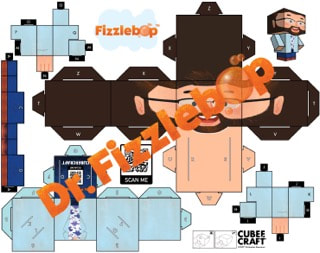
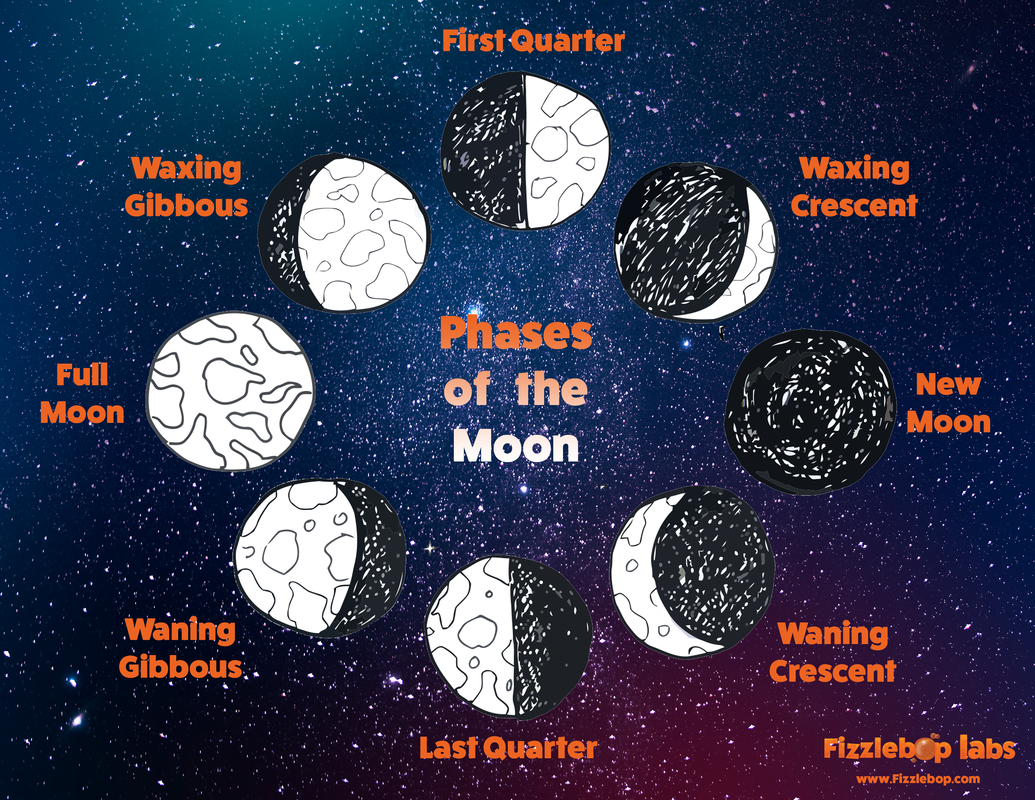
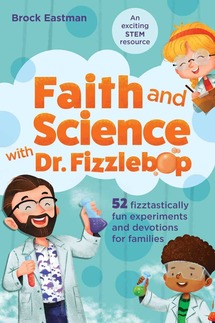
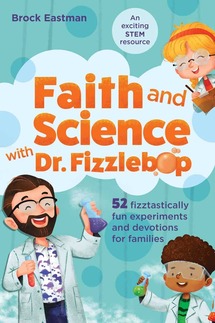
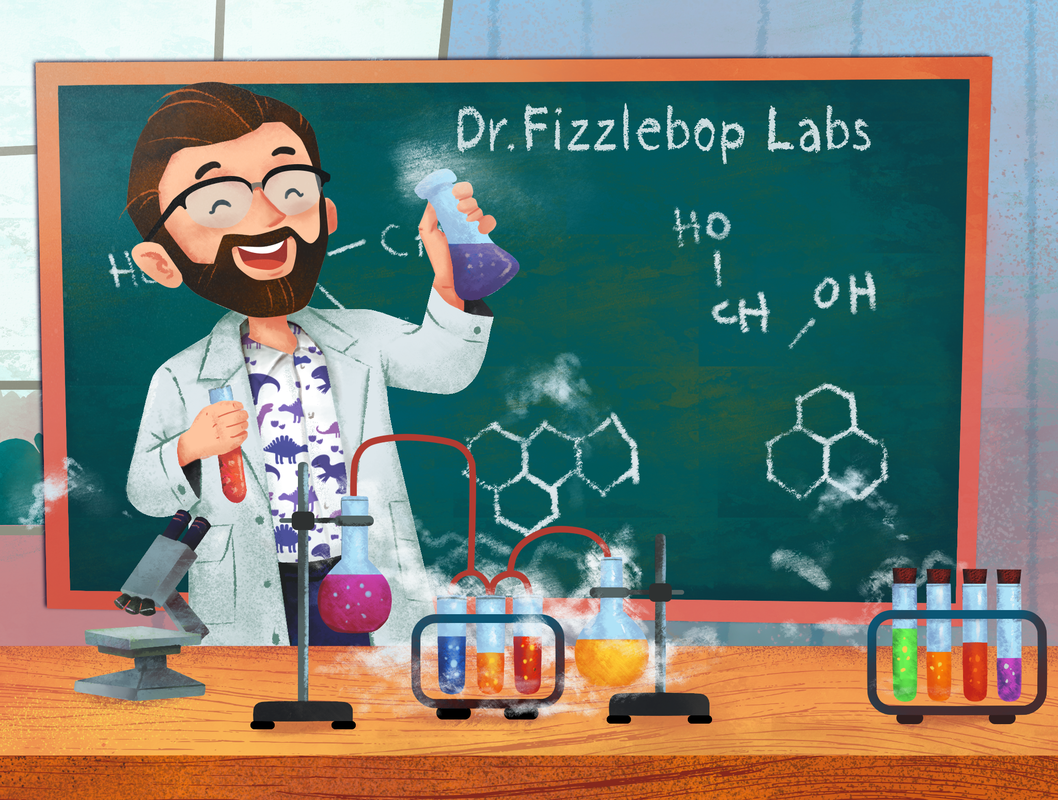
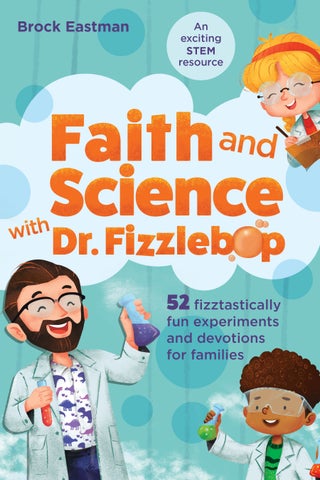
 RSS Feed
RSS Feed